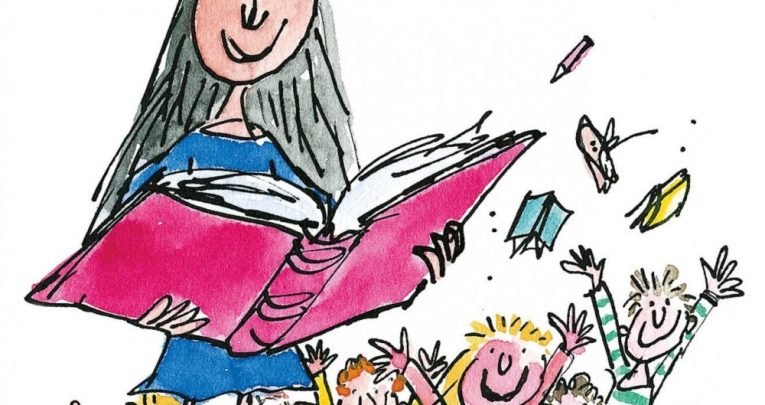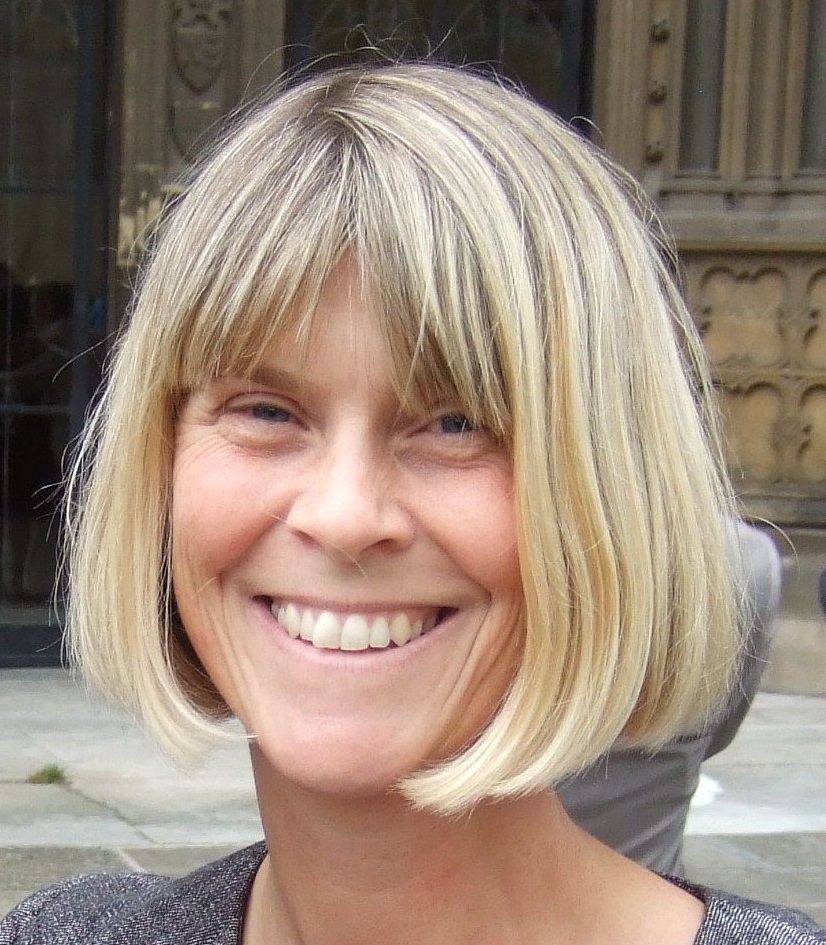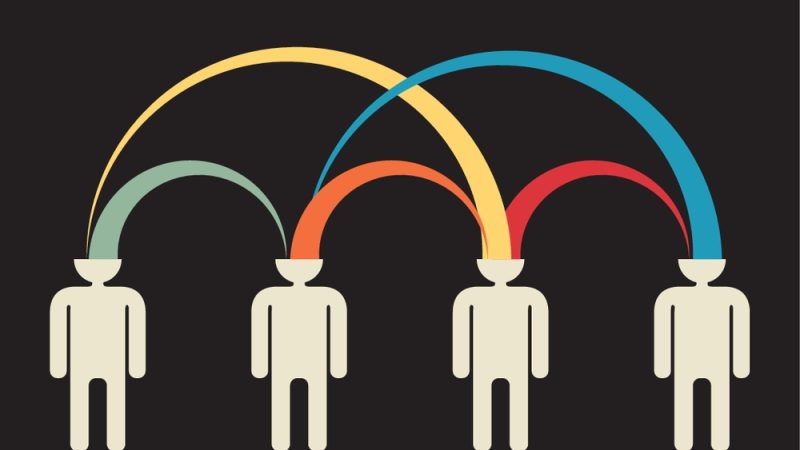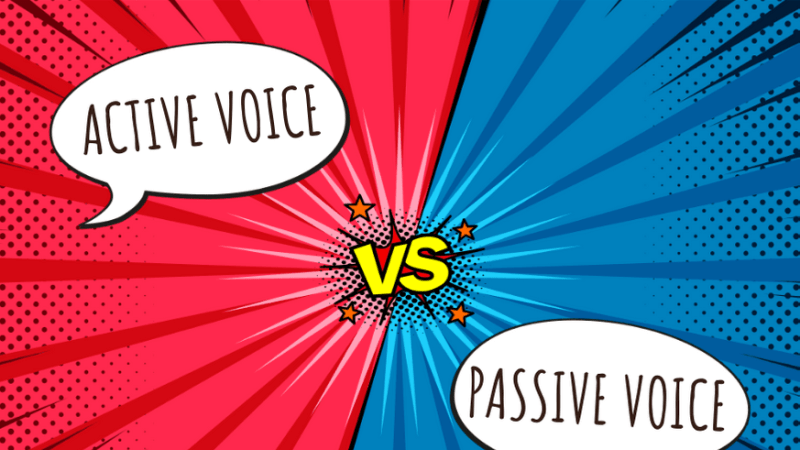Lessons that dig deeper Into Roald Dahl’s subversive themes

Roald Dahl’s stories are often hilarious, but behind the larger-than-life characters, imaginative settings and humorous situations there are also thought-provoking issues and questions for children to consider, says Carey Fluker Hunt…

Dahl is a master storyteller and his books simply fizz with memorable characters and outrageous happenings. They’re also very funny, in a wild and subversive way beloved of children across the globe. Who wouldn’t want to laugh at the expense of the powerful, especially when you’re small and powerless yourself?
It’s easy to undervalue the role of humour in children’s books, but funny stories are important, not just because they’re entertaining but because – as Michael Rosen noted – “the underlying causes of the laughter are serious”.
It’s the quality of the ‘serious thinking’ beneath Dahl’s comedy that sets him apart. Yes, his plots and characters are memorable, and yes, his stories are daringly (and cathartically) hilarious. But they also give their audience something of substance to bite down on and digest in order to mature and grow. The ‘runty’ BFG is bullied by his peers, poor hungry Charlie Bucket must behave decently while others succumb to selfishness and greed, and fearsomely intelligent Matilda is abused by her parents and headteacher – the very people who are supposed to be caring for her. In fact, the essential unreliability of adults is Dahl’s biggest and most serious idea, and something that holds a terrifying fascination for his readers.
Despite this, Dahl’s world-view is essentially positive, and his children always triumph – assuming they use their imagination, mind-power and sheer exuberant anarchy, that is. No wonder Dahl’s stories are so perennially popular!
Getting into the texts
Read, enjoy and discuss The BFG, Matilda and Charlie and the Chocolate Factory as part of a shared reading for pleasure experience before taking your explorations further.
1. Delighted to meet you
Dahl’s descriptions are detailed and vivid: the BFG wears a “dirty old leather waistcoat with no buttons” and Willy Wonka moves with “quick, jerky little movements…like a squirrel”. List the characters in all three books, and look at the phrases Dahl uses to describe them. Which descriptions work best, and why?
Make a collection of clothes and props associated with Dahl’s characters, and use them to re-enact scenes from the books. Or use other dressing-up items to create new characters: a friend for Mrs Wormwood or another giant, perhaps?
Write about your character, making your descriptions as vivid as Dahl’s.
2. “I is speaking the most terrible wigglish…”
Dahl loves language and so do his characters. The BFG’s vocabulary, for example, is so richly satisfying that it doesn’t seem to matter whether a word makes sense as long as it sounds good – and makes us laugh.
Delve into the book to find as much wigglish as you can. What are bumplehammers, snozzcumbers and crodscollop, do you think? Use the text to help you write definitions to create your own Gobblefunk Dictionary.
Taking it further…
1. Imagination & invention
Dahl’s imagination never fails him, and he’s always urging his readers to be curious and come up with their own ideas. Why not create an ‘Inventing Room’? Take inspiration from Willy Wonka, Matilda and the BFG, and equip it with different areas for different purposes…
Sweet factory
“The place was like a witch’s kitchen…” Exploring tactile materials to ‘invent sweets’ and role-playing the action can lead to richer and more satisfying writing and discussion. Supply your factory with pans and spoons, and any other ‘scientific props’ you can acquire. Provide coloured water and other safe materials (washing up liquid? cornflour?) to mix concoctions, remembering to keep lab notes and label your potions. Now write some recipes!
Search the text for descriptions of sweets. Compile a catalogue for Willy Wonka and illustrate it. Include your own creations, then ask another class to spot which sweets are which.
Dream store
“Dreams is very mysterious things…” which float like “little wispy-misty bubbles…” Have some fun outside with a bubble machine and extend the idea in PE by interpreting Dahl’s descriptions of the way dreams look and move. What would you do if you were a nightmare, stuck inside a jar? And would a calmer dream move differently?
Build on this experience to make collaged and/or sewn 3D ‘sculptures’ of dreams to put in jars. Label them clearly. The BFG can make any dream he chooses, a bit like “mixing a cake”. Write recipes for different dreams, using the BFG’s ‘dreamstarters’ to inspire you.
Matilda’s library Set up a reading corner full of stories and picture books to spark curiosity and inspire a creative response. Include vintage copies of the classics mentioned by Dahl. The texture, weight and smell of old books have a special power and charm, and children who wouldn’t normally read Dickens might want to ‘do a Matilda’ and take a look.
2. Being the underdog
“You’re darn right it’s like a war… and the casualties are terrific. We are the Crusaders, the gallant army fighting for our lives with hardly any weapons at all…” Dahl hated the casual bullying and abuse that went on at his school, and many of his books celebrate the underdog. The BFG, for example, is a ‘runt’ who is bullied by the other giants, and Charlie is so poor and unassuming that many people overlook him. As for Matilda, she suffers from such severe neglect and abuse, both at home and at school, that it’s a miracle she survives at all.
But villains and underdogs are perennially popular, and stories allow children to explore emotions that might be threatening in other contexts…
Why is it interesting to have an ‘underdog’ as the main character?
Compare Dahl’s adult and child characters. What kind of power do the adults have, and what do they do with it? (The ‘Chokey’, Verruca’s father spoiling her, Mrs Clonkers’ orphanage…)
What about the children? (Lavender’s newt trick, Augustus’ disobedience, Sophie’s quiet approach to problem-solving…)
Matilda comes up with the ultimate ‘underdog power’ – she’s able to move objects with her mind. What superpower would you like to have, and how could it be used to make the world a fairer place?
Dahl gives us the occasional ‘true adult’ (such as Miss Honey and the BFG) who can be relied upon by the children in their care. Take a look at the way Willy Wonka behaves. Is he a ‘true adult’, do you think?
3. Debating with Dahl
“The extraordinary giant was disturbing her ideas. He seemed to be leading her towards mysteries that were beyond her understanding…” Dahl’s life spanned a period that included two world wars and he saw active service as a fighter pilot. He also suffered personal tragedies, including the death of his seven-yearold daughter – so it comes as no surprise to find some ‘big ideas’ beneath the anarchic verve and humour of his storytelling. Why not debate some of the ethical issues raised by Dahl’s characters?
a. “I shipped them all over here, every man, woman and child in the Ooompa-Loompa tribe. It was easy. I smuggled them over in large packing cases with holes in them…” Willy Wonka has an autocratic approach to running his factory.
Should he have uprooted the Oompa-Loompas and put them to work? Do they have any rights? And how does Wonka’s treatment of them compare with the way he acts towards the families of the children who disobey him?
b. The BFG can hear “all the secret whisperings of the world” and although some are wonderful, some are not. Felled trees make a noise “like an old man…when he is dying slowly”, and the BFG doesn’t believe in eating meat: “The human beans is making rules to suit themselves… but the rules they is making do not suit the little piggywiggies…” How far should we go to ‘do the right thing’, like the BFG? And what is the ‘right thing’, anyway?
c. “I don’t want a grown-up person at all… (they) will try to do things (their)… way and not mine. So I want to have a child…” Is this a good reason for Willy Wonka to make Charlie his heir? What if Charlie changed his mind as he got older? How should power be used, to make sure it’s not abused?
d. All three stories talk about celebrating differences and standing up to bullies. Research the history of schools and look at how they’ve changed. What do we do now to keep children safe? Should more improvements be made?
Matilda the musical is still showing at Cambridge Theatre, London, with educational packages available – why not plan a visit and see if/how it changes your pupils’ ideas about the text?
Browse even more free Roald Dahl Day resources.
Carey Fluker Hunt is a freelance writer, children’s book ambassador and creative consultant.










